#philip iv
Explore tagged Tumblr posts
Text
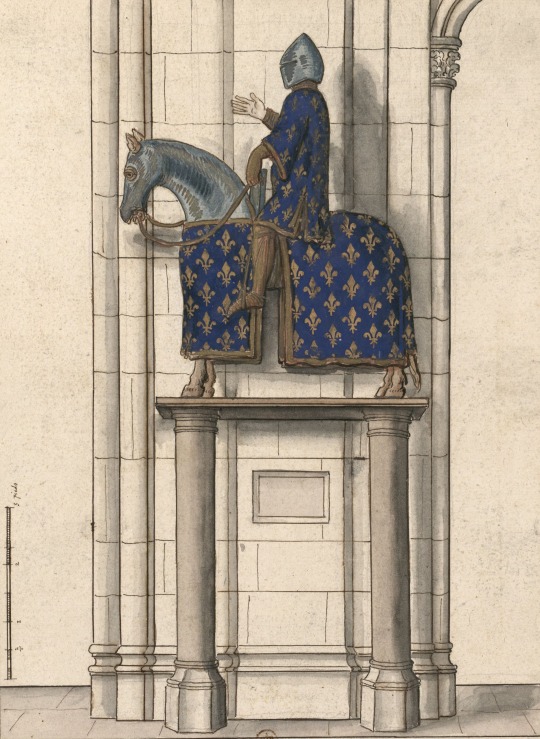
Equestrian statue of Philip IV, King of France in Notre-Dame Cathedral, destroyed between 1792 and 1794.
#philip iv#king of france#equestrian#statue#armour#royalty#king#nobility#french#france#medieval#middle ages#ancien régime#notre dame de paris#cathedral#paris#notre dame#history#art#europe#european#kings#mediaeval#kingdom of france#royal#royals#war horse#destrier#fleur de lis#heraldry
268 notes
·
View notes
Text
The Birth of Charles II of Spain Fanart

Warning: This story contains some artistic license
The Queen's pregnancy was approaching its end and had become a matter of utmost importance. The future of the Monarchy depended on this event. On Sunday, November 6, everything seemed to be ready. The doctors and physicians were on alert; the Queen's confessor was near her, and the Chief Steward of her Household was carefully reviewing the arrangement of the items in the birth chamber. To guarantee the success of the event, all the holy relics that were in the Palace and others brought from El Escorial and other places had been arranged in order. There was the staff of Saint Dominic of Silos that the Order of Saint Dominic had brought, the ribbon of Saint John Ortega, from the Order of the Hieronymites; the incorrupt bodies of Saint Isidore and Saint Diego de Alcalá; the image of the Virgin of Solitude and the one so venerated by the royal family, Our Lady of Atocha. It is not easy to find a space so holy and sacred. Everything, then, was ready, the things of the earth arranged to implore God's pleasure. At noon, after a frugal lunch, Philip IV retired to his chambers. At the same time, While eating, Queen Mariana suddenly felt intense pain in her abdomen, realizing that she was about to give birth. She quickly left the table and hurried to the Tower Chamber.
King Philip went straight to his study while looking at Prospero’s portraits. He entered his study, sat down, and began to write to answer the last letter of Sor Maria de Agreda. He wrote with a deep sigh and tears in his eyes.
“ With the long illness of my son, and the continuous help I was giving in his room, I have not answered your letter of the last month...I assure you that what has most exhausted me, more than this loss, is to see clearly that I have vexed God and he sent this punishment to castigate my sins...
(The king reminisces his cherished memories with Felipe Prospero while writing this letter)
Help me as a friend with your prayers to placate God’s just anger and beg Our Lord that, as he took my son from me, He may make his light shine on the Queen, whose confinement we await hourly, and give her good health and guard what is to be born, if his will, for otherwise I do not wish it...
Back in the Tower Chamber, Queen Mariana cries in agony as she is delivering her baby. The royal midwife Ines Ayala told Queen Mariana to push harder. Five other doctors were present at this event in case of emergency. One of those doctors was Dr Bravo. While the Queen was giving birth, the courtiers and Infanta Margarita looked on.
Ah, Sor Maria, If I had succeeded in following your teachings, perhaps I would not have found myself thus. Pray to our Lord that he may open his eyes, that I may perform his holy will in all things... There is nothing new in the English situation. I, thank God am in good health...
At this point, King Philip was interrupted by a courtier who delivered the news and told the events occurring in the Tower Chamber. King Philip was anxious about the future that lay within a few hours. He prayed heavily to God, asking him to deliver him a son. All could imagine the impatience of the Royal Court of Madrid and Europe, waiting for an outcome of this event. As hours passed, Queen Mariana was still in labor, and the doctors argued over natural forms of treatment. They were anxious as the Queen and the child’s life was at stake.
Dr. Bravo proposed a theory: In the past, Queen Mariana had difficult experiences giving birth to her children. At the birth of Maria Ambrosia, Felipe Prospero, and Fernando Tomas, The Queen had terrible epileptic seizures, and the infants died or lived for a short time. On the other hand, at the birth of Infanta Margarita, the only child to survive, The Queen had been perfectly well. Now why was this? The reason is simple: Just before Infanta Margarita was born, Queen Mariana had suffered several violent nosebleeds. Therefore, what she requires now is to be bled.
Some doctors disagreed, warning that the proposed action could endanger the Queen and her child. Concerned, Queen Mariana asked the doctors if there were any alternative procedures. The doctors offered different opinions, while Dr. Bravo defended his proposal. As the debate continued, Mariana went into labor with the assistance of Ines Ayala. The infant cries and is alive. The birth of the infant brought joy to all. King Philip became a father once again. When the courtier informed King Philip of the birth, he was overjoyed and immediately visited the tower chamber to see his newborn son. King Philip joyfully held his son and proudly showed him to the Queen and his daughter. When the courtier informed King Philip of the birth, he was delighted and immediately visited the tower chamber to see his newborn son. King Philip joyfully held his newborn son and showed him to the Queen and his daughter.
Sources:
Carlos, A king who would not die by John Langdon Davis
Happy Birthday, Charles II of Spain!
#all I did is just combine these stories together#history#mariana de austria#spain#art#charles ii of spain#house of habsburg#17th century#habsburg#carlos ii#please like and reblog#my art#Mariana's art#happy late birthday#sorry it took me so long#my cute baby#margarita#margarita maria#philip iv#look at them#i love them so much#they are so cute#espana#kingdom of spain#madrid spain#monarquía española#spanish empire#baroque fashion#baroque#artists on tumblr
74 notes
·
View notes
Text

Felipe IV en el Ministerio del tiempo
10 notes
·
View notes
Text
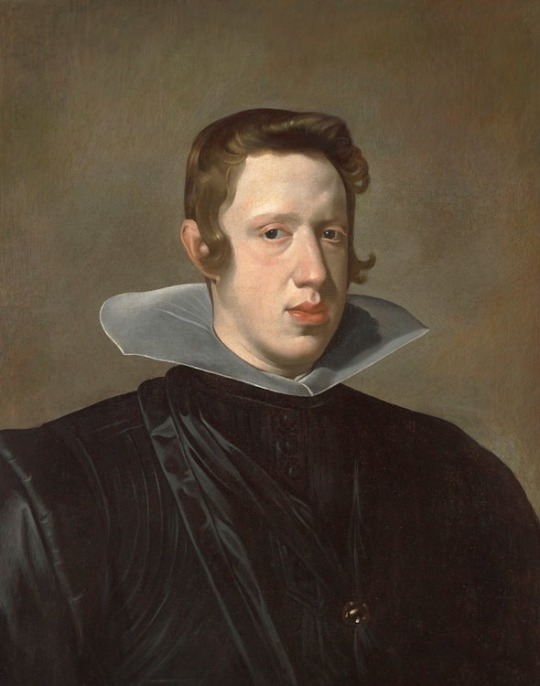


learning abt philip IV in my baroque art class and im astounded by how similar he looks to the rcdart trans fetish art of captain america
49 notes
·
View notes
Text

Exchange Of The Two Princesses Of France And Spain On The Bidassoa River In Hendaye
Artist: Peter Paul Rubens (Flemish, 1577 - 1640)
Date: 1615
Exchange of the Two princesses of France and Spain on the Bidassoa River in Hendaye is an Allegoric representation of the marriage between Anne of Austria and Louis XIII on one hand, and between Isabella of France (1602-1644) and Philip IV on the other.
#peter paul rubens#allegory#allegory painting#early 17th century#princess of france#princess of spain#bidassoa river#marriage#anne of austria#louis xiii#isabella of france#philip iv#flemish painter#early 17th century art
9 notes
·
View notes
Text


the poisoned crown got me like
8 notes
·
View notes
Text
Wow!!!










#look a like#jack black#maggie gyllenhaal#paul revere#sylvester stallone#medieval#ellen degeneres#henry david thoreau#jay z#new york#circa 1939#matthew mcconaughey#twinsies#jimmy fallon#mark zuckerberg#philip iv#enzo ferrari#mesut özil
6 notes
·
View notes
Text

8 notes
·
View notes
Text


@cparti-mkiki HAPPY BIRTH 🤡🤡🤡🤡🤡🩷🩷🩷🩷🩷🩷🥳🥳🥳🥳🥳🥳
#Post maybe incomprehensible to everyone else idk i dont watch#Succession#Philip iv#My art#Thank you for ANOTHER YEAR being my partner in crime hope you will have. A good one. Please 🤡💀🩷#Hope you like it jestie etc etc <3 <3 <3
8 notes
·
View notes
Text


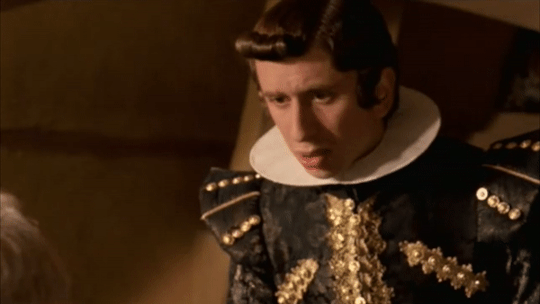
Gabino Diego as Philip IV (part I)
8 notes
·
View notes
Photo

Philip IV of Spain, Velazquez, c. 1656
When all you are doing in front of a painting is confirming your view of it, it’s time to take a rest.
T.J. Clark, “If These Apples Should Fall”
2 notes
·
View notes
Text
The Birth of Philip Prospero Fanart

Philip Prospero was born on November 28, 1657, in the Royal Alcazar of Madrid. He was the first son of Philip IV of Spain and Mariana of Austria. His birth brought joy to the kingdom, but his delivery caused his mother to have childbed fever, which most did not notice because of their joy. Queen Mariana was bedridden for days after the birth and she survived.
On the day of the birth, not a bench nor a table was left unbroken in the palace, nor a single pastry-cook’s nor tavern that was not sacked. Tomorrow [December 6] they say that his Majesty will go on horseback to the Atocha to give thanks to the Mother of God… They say the prince is a pretty little chap, and that the King wishes him to be baptized at once, before the extreme cold comes on… There are to be masquerades, bull-fights and cane-tourneys as soon as the Queen stands up to see them, as well as plays with machinery invented by an engineer, a servant of the Nuncio, to be represented at the theatre of Retiro, and the saloon of the palace… The municipality, following the lead of the Councils, have gone to congratulate the King… and no gentleman, great or small, has failed to do the like.
His baptism was described to have some mishaps, starting with the Ceremonial Napkin carried by Condestable de Castilla, an unpopular military officer, He made a scene at Prospero's baptism in the following matter:
It seems that the crush of the people was so great that a staircase gave way; this disarranged the procession as it left the chapel, and in particular prevented the Duque de Bejar from taking his place and bearing away the "mazapan". The "mazapan" was not a sweet meat, but a lump of breadcrumb on which the officiating ecclesiastic wiped his fingers after anointing the child with holy oil. The bread was enclosed in a highly decorated reptacle made of marzipan and carried on a richly worked piece of needlework. It seems to be a object which evoked singular curiosity through little relevance. As the Duque de Bejar was unable to be its barrier, Philip was asked what should be done, he was told master of ceremonies to ask the Condestable De Castilla to substitute, This gentleman replied that he was sorry but he had an injured arm. Philip IV, furious, repeated his order, whereupon he replied, "The Condestable De Castilla are too exalted to fill the gaps and voids left by others. The Duque de Alburquerque carried the ewer, the Duque of Terranova, the salt sellar. Last came the Duque of Pastrana carrying on this occasion the famous mazapan. It was made in the shape of a castle with gold and silver ornamentation. The chrism is a mixture of oil and balm used to anoint the infant. Owing to its Sacrosanct Character, It was those days covered much coveted by ill-intentioned persons; hence the drops of chrism deposited on the bread crumb with the Mazapan might be stolen. The infant was naked at this baptism, At the baptism, the infant was unclothed, prompting the Infanta Maria Theresa to ask why she had to present her brother in this manner. It was explained that this tradition was a way to demonstrate his gender.
Source:
Carlos, A king who would not die by John Langdon Davis
#history#house of habsburg#spain#art#my fanart#habsburg#17th century#please like and reblog#Mariana's art#philip prospero#margarita teresa#maria theresa of spain#maria theresa#philip iv#baroque fashion#baroque#tw childbirth#mariana de austria#artists on tumblr#charles ii fanart soon#sorry for the delay#church#baptism#my art#spanish history#european history#royal history#mom and child
61 notes
·
View notes
Photo
No , I think this is Edward I and Philip iv

Tribute of Edward III to Philip, 1460, Jean Fouquet
122 notes
·
View notes
Text

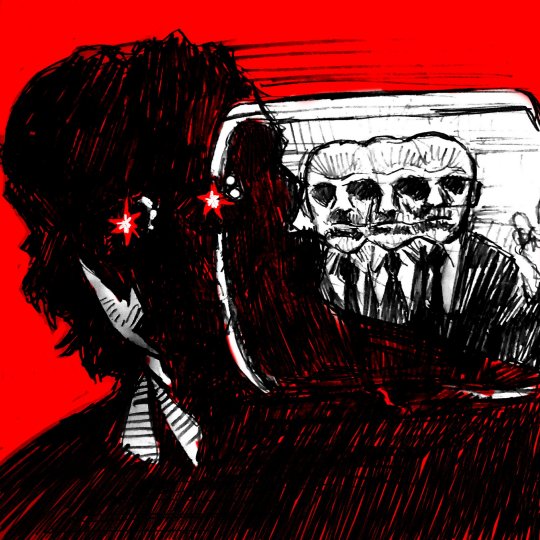
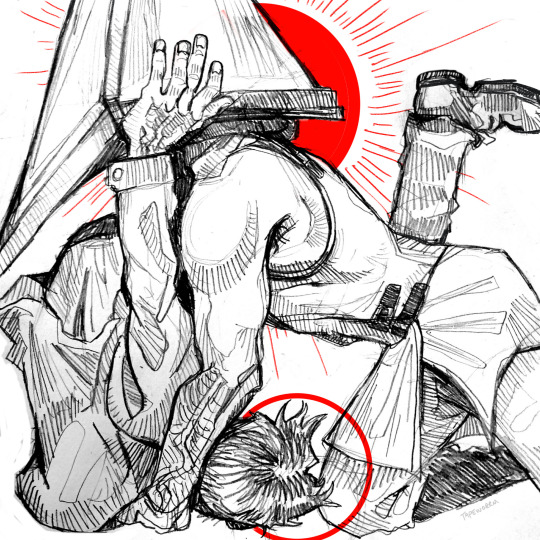
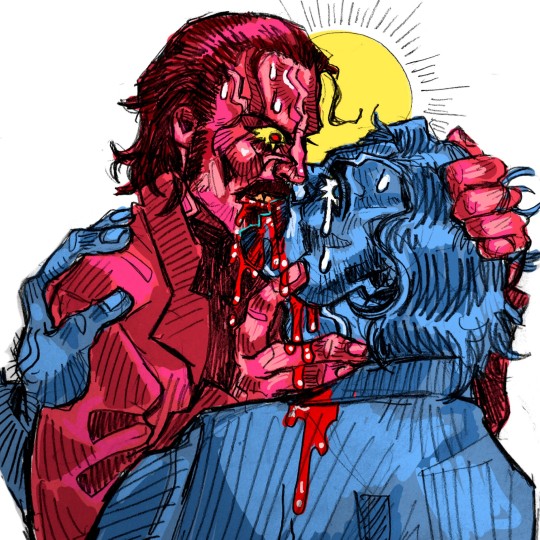






Some of my fav fan arts I did in 2024! 🦂💖
This year I took mental health leave from uni and therefore I spent a lot of time having nothing to do other than draw and put all my energy there. It was difficult not to let it consume me, and I think in future I want to put less pressure on myself. But I think my art has really come a way this year with focus on multiple character peices and more colour :). Hope to keep drawing things I love, and thank you to those who liked what I do this year, really appreciate you 💖
#Man it was so hard to pick just 10. Made me realise I did a LOT this year tho#Like I had a lot of diff phases like true detective and then crash and silent hill etc#Tempted to make another post just for the painted peices I did this year cuz I went out my comfort zone a lot#But I will make another post for oc art#art#fan art#sketch#character art#Saw#Postal 2#Amanda Young#Postal dude#Trevor Philips#Gta v#Cry of fear#simon henriksson#crash 1996#True detective#Rust Cohle#Silent hill 2#James Sunderland#ravenous 1999#Colonel ives#John boyd#Mgs 3#mgs snake eater#Revolver ocelot#Big boss#Jacobs ladder
778 notes
·
View notes
Text





father philip and sister daniel r like ocs to me GO FORTH CRAY FREAKY SITUATIONSHIP !
(kinda freaky one under the cut Lolz....)

#hi first post on this blog........#been lurking tbh AND IVE BEEN TOO EMBARRASSED TO MAKE A SIDE AHHHH#hope u enjoy whoever sees this lol#tbh drawing them is very theraputic#helps w my religious guilt actually....#DNP U R SO IMPORTANT TO MEEEEEEE#i can go on and on abt that but maybe another time lol#dan and phil#dnp#sister daniel#father philip#phanart#phan#amazingphil#daniel howell#dan howell
207 notes
·
View notes
